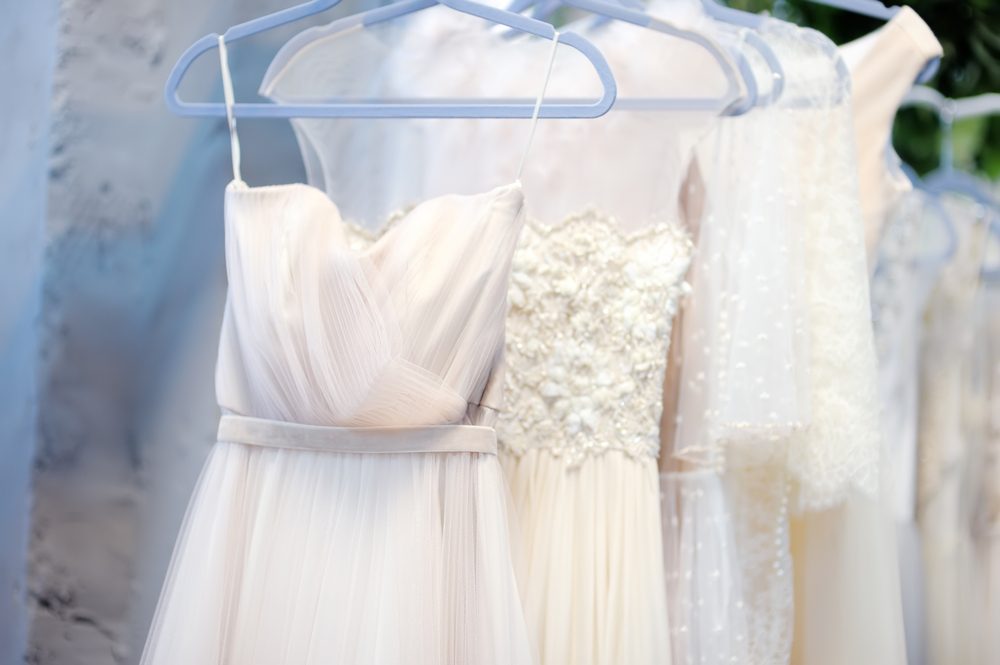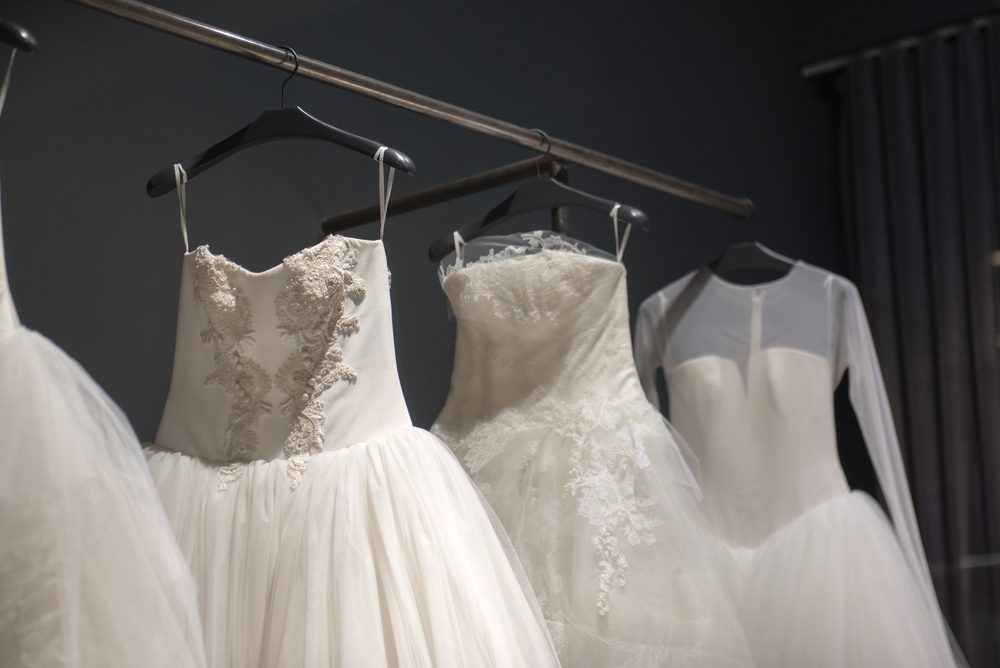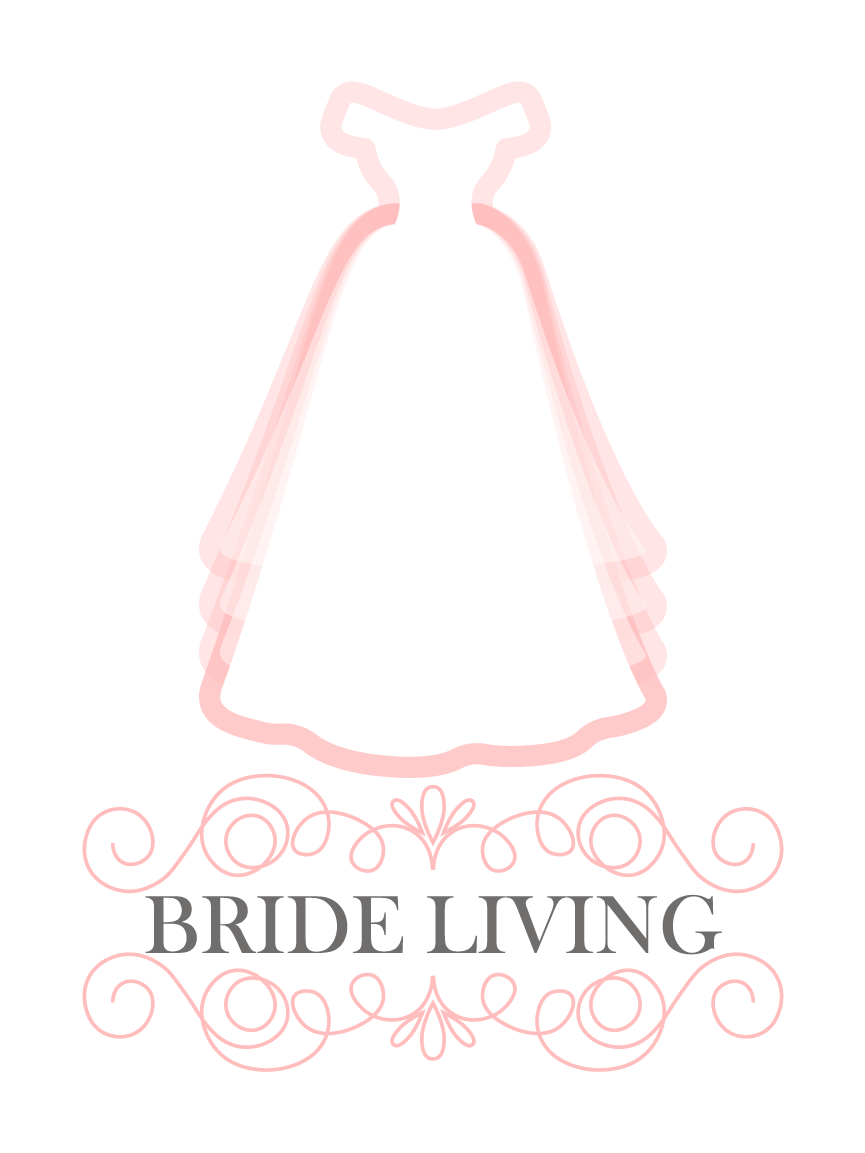Navigating the Trend of Multiple Wedding Dress Changes
The concept of wearing several different dresses, and looks during the wedding festivities is gaining momentum among modern brides. This trend involves the bride showcasing various outfits throughout her special day, often extending to three or more distinct styles.

As you embark on the journey of wedding planning, among the thrilling choices is the selection of your bridal attire and accessories. Traditionally, one might envision a single, standout bridal ensemble that captures the essence of the celebration and the bride’s unique beauty. However, a growing trend sees brides moving beyond the conventional to embrace multiple fashion statements throughout their wedding day, enhancing the overall experience not only for themselves but also for their attendees. Below, insights from wedding industry professionals shed light on this evolving trend and provide guidance for those considering incorporating multiple wardrobe changes into their wedding festivities.
Exploring the Multi-Outfit Wedding Phenomenon
The practice of transitioning from a formal ceremony gown to a separate reception dress has been established for some time, yet now, brides are elevating this tradition by introducing additional outfit changes—sometimes three or more throughout their event. “This trend has been gradually gaining traction, particularly among Californian brides,” notes Aurelija Gintaliene from Breezit. Brides often switch outfits to mark different phases of the celebration, such as changing post-ceremony, before the reception, and again as the evening progresses, often opting for a vibrant or unconventional ensemble as the night unfolds.
For many, these changes serve not only aesthetic purposes but also cultural significance, allowing brides to honor various traditions through their attire. Erica Casner of One 15 Events mentions, “It’s not uncommon for brides to wear a cultural attire for their traditional ceremony, switch to a classic white gown for the main ceremony, and later, slip into something more festive for the reception.”
Reasons to Embrace the Multi-Outfit Approach
Adopting several looks for your wedding can offer more than just the chance to wear multiple beloved outfits. It primarily addresses the quest for comfort, allowing the bride to transition from a majestic but potentially cumbersome gown to a more relaxed style, ideal for dancing and socializing. “Brides often seek the balance between elegance and practicality,” suggests Kristen Kane, a seasoned wedding planner.
Additionally, outfit changes can inject excitement and variety into the celebration, keeping guests engaged and creating distinct atmospheres for different segments of the day. “Switching outfits can add an element of surprise and keep the energy high,” adds Lee Ramsay, another expert in the field.
Strategic Outfit Changes and Planning Considerations
If you decide to embrace multiple looks, timing is crucial. Consider changing between major event transitions, such as post-ceremony or before the reception’s climax. “Timing changes just before key moments can signify a shift in the event’s tone,” advises Ramsay.
When planning multiple outfits, remember to coordinate undergarments, accessories, and even hairstyles to ensure a seamless transition between looks. Attention to detail will ensure each style is as polished and complete as the next.

Final Thoughts on Multi-Outfit Weddings
If the multi-outfit wedding trend appeals to you, remember that each change should reflect different facets of your personality and the day’s varying tones. Whether you’re aiming for elegance, tradition, or playful exuberance, each outfit can represent a unique chapter of your love story. “Embrace the opportunity to showcase different sides of yourself,” encourages Ramsay, “and most importantly, enjoy the journey and the chance to express your individuality on one of the most memorable days of your life.”
